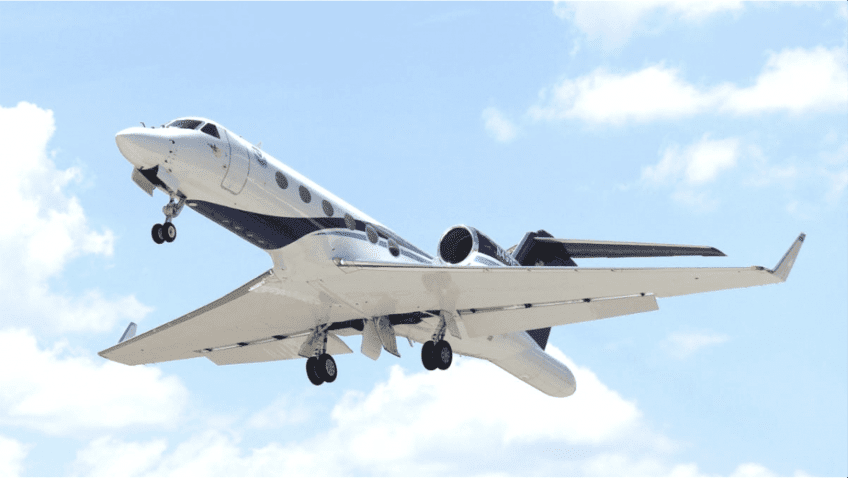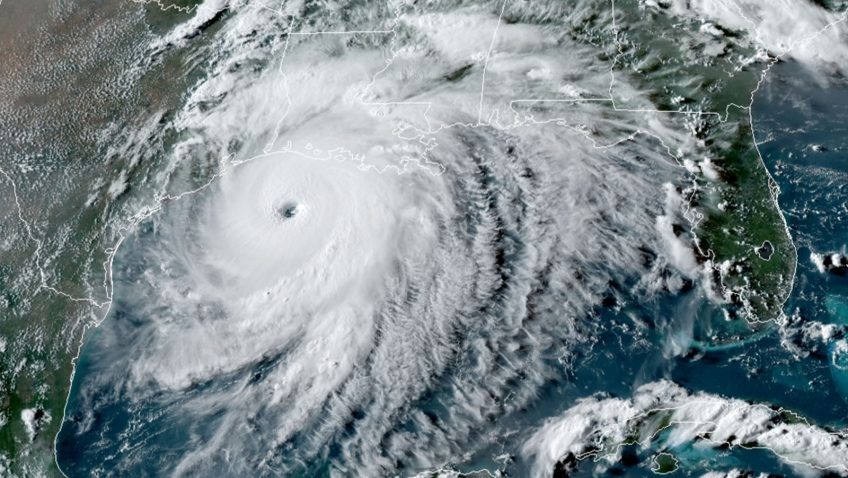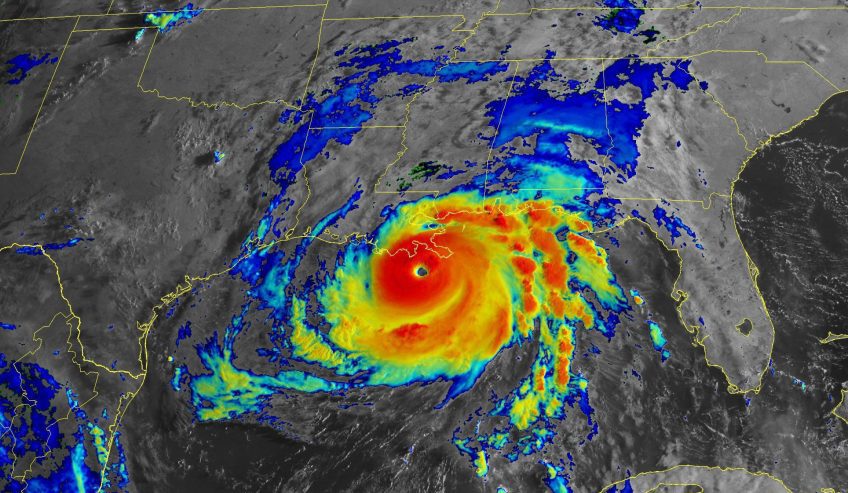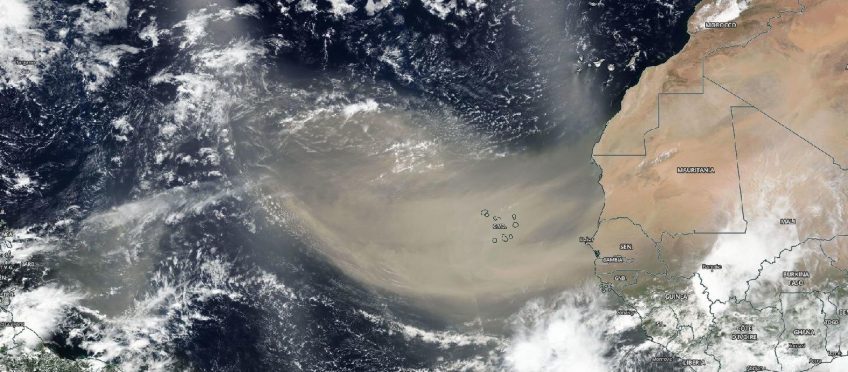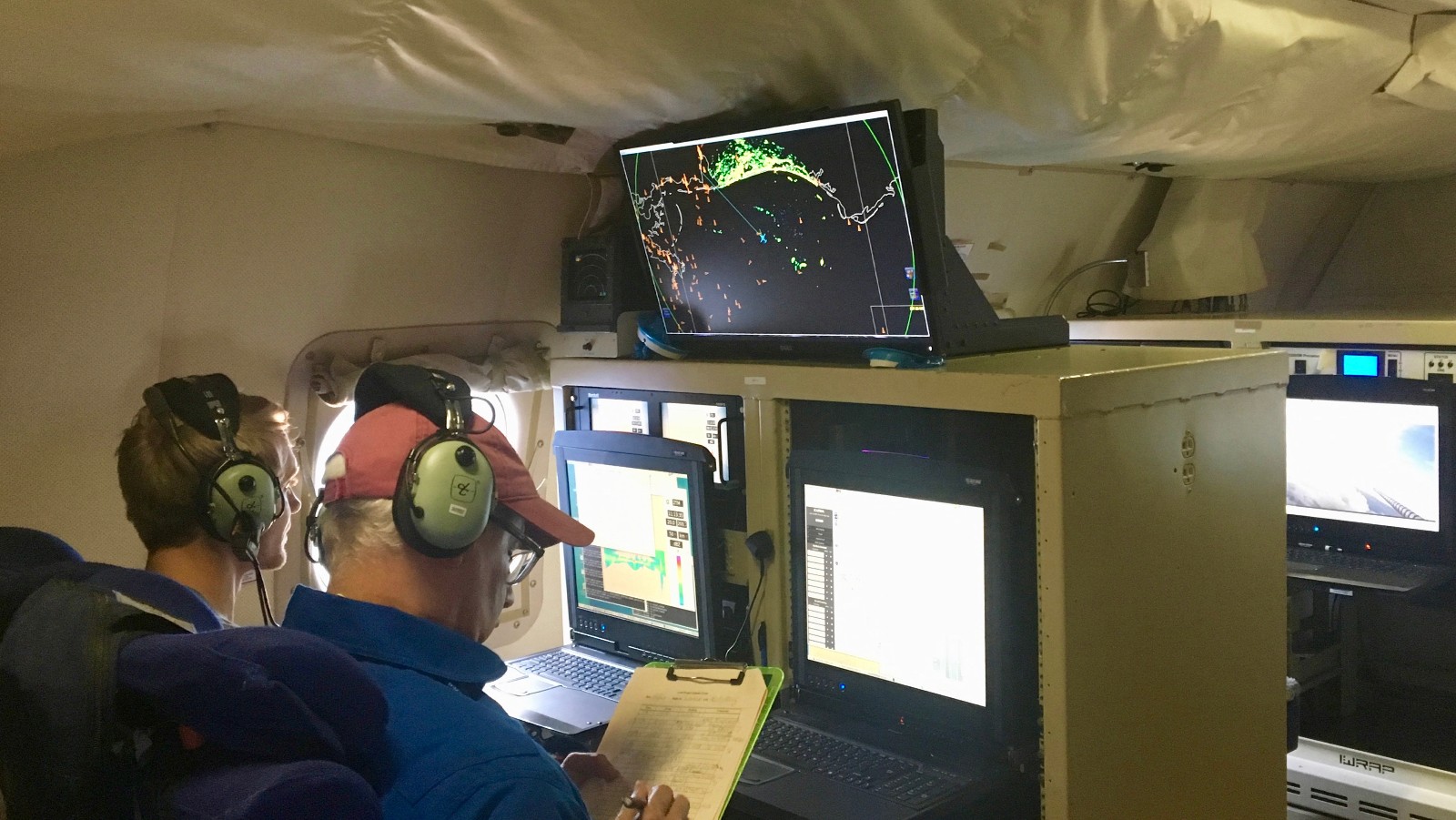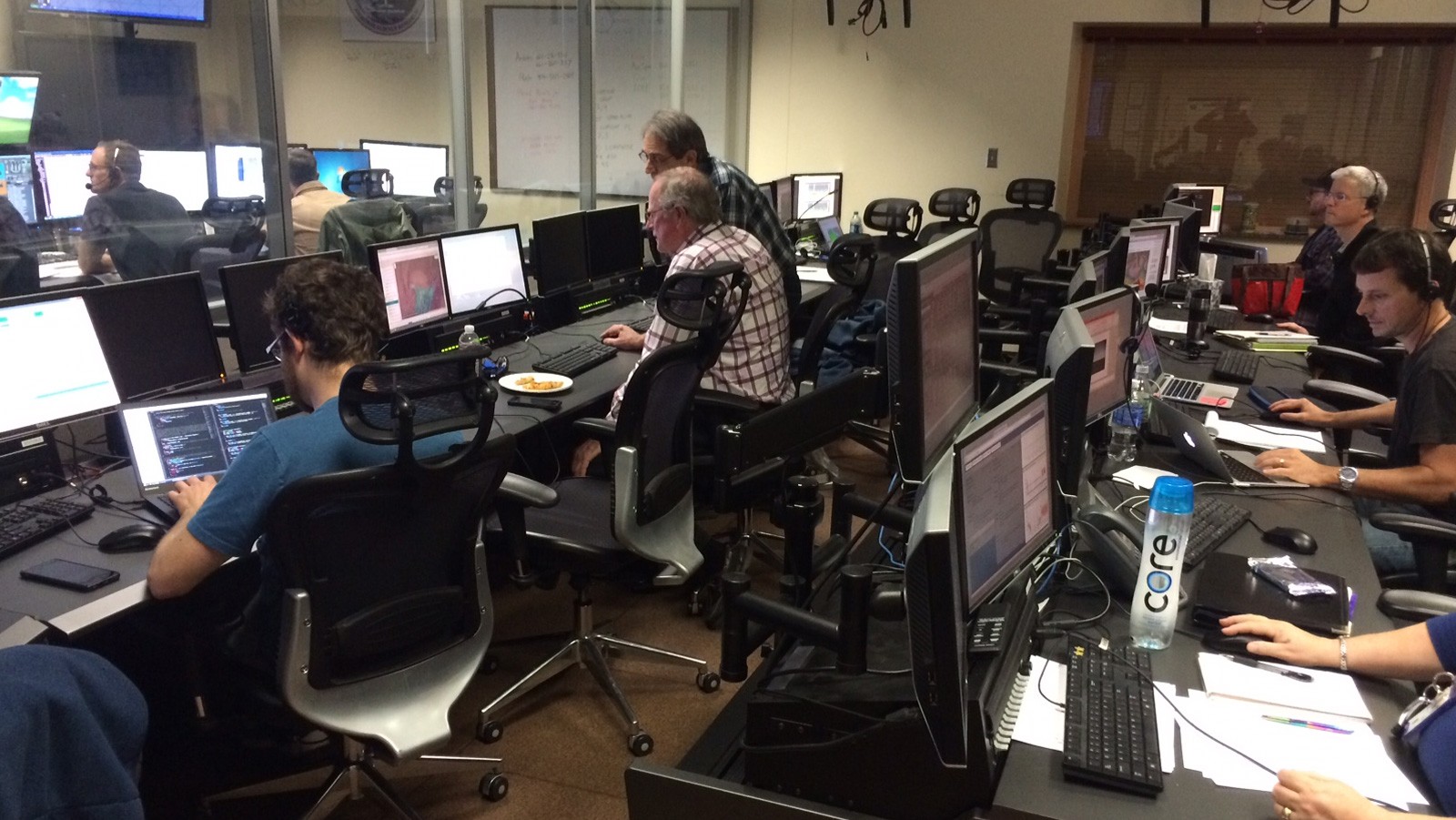New hurricane research supports advances to NOAA’s 2022 forecasts
This summer during the 2022 Atlantic hurricane season, scientists at NOAA’s Atlantic Oceanographic and Meteorological Laboratory (AOML) will once again be on the frontlines helping NOAA prepare the public for severe weather. They will also conduct new research on the complex processes of how tropical cyclones form, develop, and dissipate.
